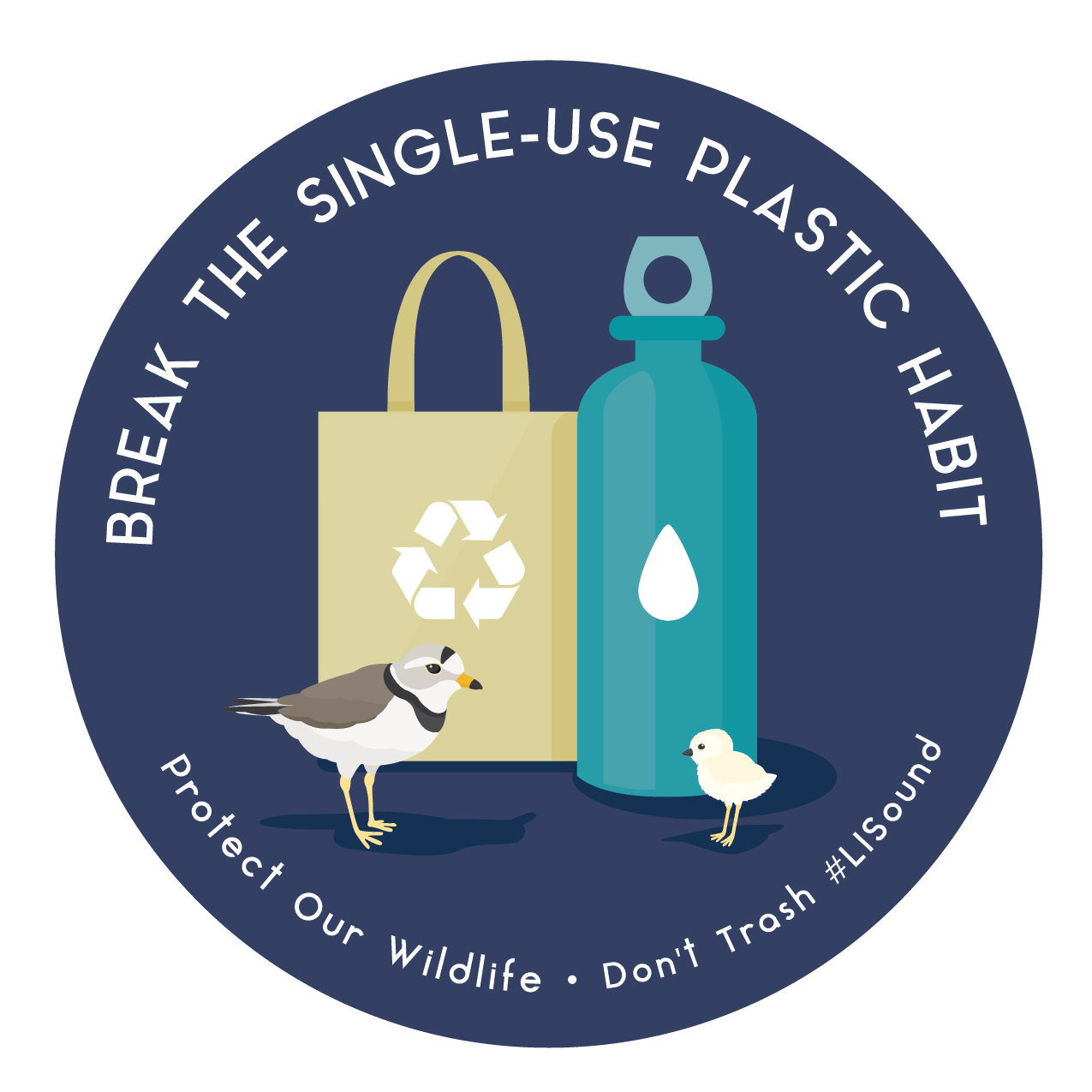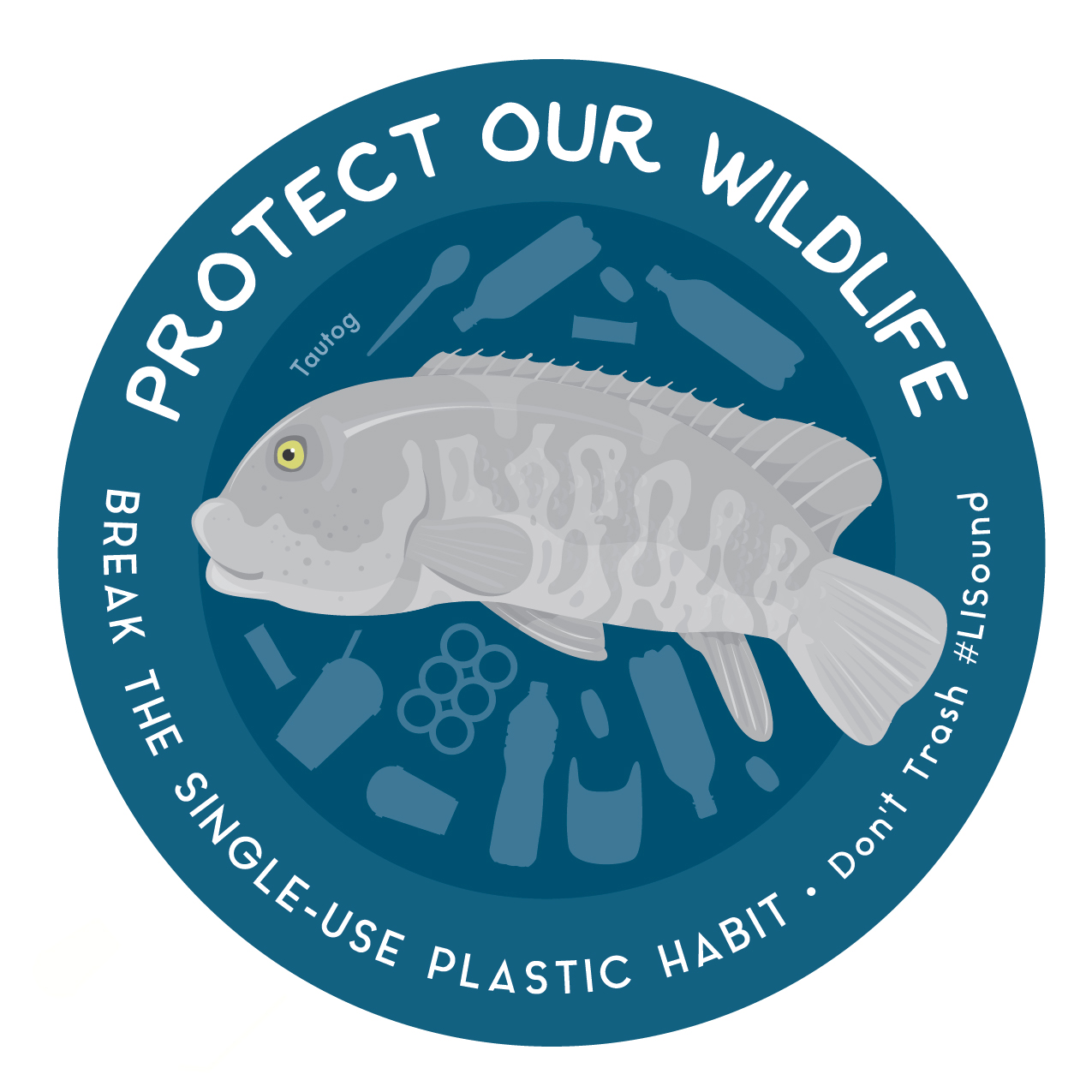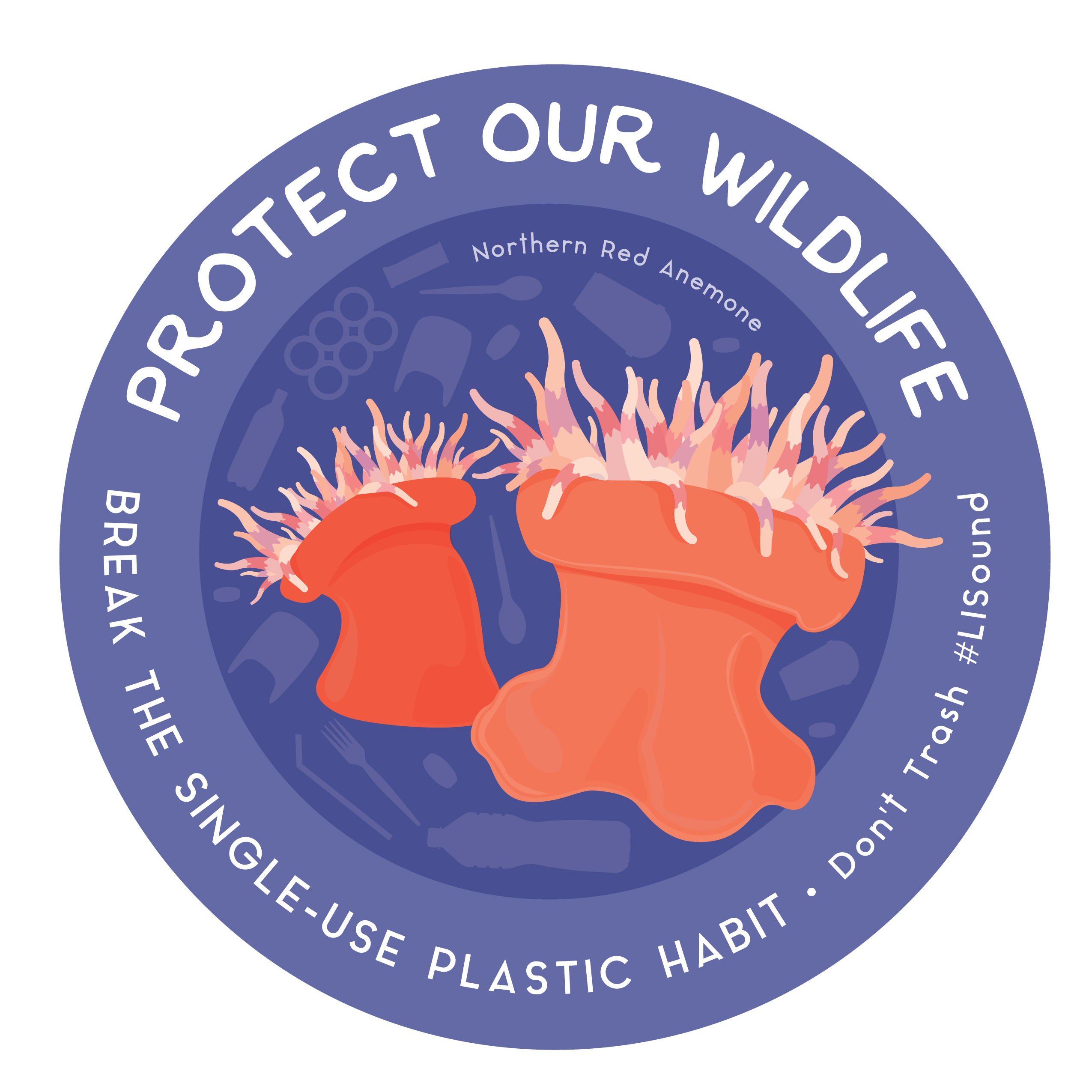Seventh Year of #DontTrashLISound Campaign Kicks Off
 The Long Island Sound Study and its partners are encouraging the Long Island Sound community to #DontTrashLISound! Learn about how you can help prevent debris in the Sound and on its beaches on our Facebook and Instagram. Join us at the campaign’s kickoff event Aug. 17 at Hammonasset Beach in Madison, Connecticut, hosted by Connecticut Sea Grant.
The Long Island Sound Study and its partners are encouraging the Long Island Sound community to #DontTrashLISound! Learn about how you can help prevent debris in the Sound and on its beaches on our Facebook and Instagram. Join us at the campaign’s kickoff event Aug. 17 at Hammonasset Beach in Madison, Connecticut, hosted by Connecticut Sea Grant.

The 2024 #DontTraskLISound campaign, run by the Connecticut and New York Sea Grant programs with support from the Long Island Sound Study, will run through International Coastal Cleanup Day on Sept. 21. It will consist of cleanup events in both states, social media posts and giveaways of “Protect Our Wildlife” stickers for reusable water bottles and travel mugs.
“Campaigns like this one help keep people aware of the larger marine debris problem affecting Long Island Sound,” said Nancy Balcom, associate director of Connecticut Sea Grant. “They also help people focus on doable actions that we can all undertake with as much or as little effort as we have time to commit.”
2024 Cleanups
Connecticut
- Madison – Hammonasset State Park: Saturday, 8/17, 9 a.m.–10:30 a.m.
- Westport – Longshore Country Club: Saturday, 8/17, 10:30 a.m.–12:30 p.m.
- Groton – Esker Point Beach: Wednesday, 9/11, 11 a.m.–1 p.m.
- Canton – Farmington River: Saturday, 9/14, 10 a.m.–1 p.m. (commuter lot at corner of Rt. 44 and Cherry Brook)
- Norwalk – Veterans Memorial Park: Saturday, 9/14, 9 a.m.–11 a.m.
- Westbrook – West Beach: Saturday, 9/14, 9 a.m.–11 a.m.
- Stamford – Cummings Park: Sunday, 9/15, 1 p.m.–3 p.m.
- East Haven – Farm River: Saturday, 9/21, 1 p.m.–4 p.m. (BOAT CLEANUP – BRING YOUR OWN KAYAK)
- East Haven – Town Beach: Saturday, 9/21, 9 a.m.–11 a.m.
- Groton – Bluff Point State Park: Saturday, 9/21, 10 a.m.–1 p.m.
- Fairfield – Jennings Beach: Saturday, 9/21, 9 a.m.–11 a.m.
- Greenwich – Greenwich Point Park: Saturday, 9/21, 9 a.m.–1 p.m.
- Madison – Hammonasset State Park: Saturday, 9/21, 10 a.m.–12 p.m.
- New Britain – Martha Hart Park: Saturday, 9/21, 10 a.m.–12 p.m.
- New Haven – Fort Nathan Hale fishing pier: Saturday, 9/21, 10 a.m.–12 p.m.
- New London – Amistad Pier: Saturday, 9/21, 10 a.m.–12 p.m. (SCUBA CLEANUP but regular volunteers are welcome)
- New London – Green Harbor Beach: Saturday, 9/21, 9 a.m.–12 p.m.
- Niantic – Rocky Neck State Park: Saturday, 9/21, 9 a.m.–12 p.m.
- North Haven – Tidal Marsh Trail: Saturday, 9/21, 8:30 a.m.–12 p.m.
- Southbury – Shepaug Dam: Saturday, 9/21, 10 a.m.–12 p.m.
- Vernon – Dart Hill Park: Saturday, 9/21, 9 a.m.–11 a.m.
- Waterford – Town Beach: Saturday, 9/21, 10 a.m.–12:30 p.m.
- West Haven – Oak Street Beach: Saturday, 9/21, 11 a.m.–1 p.m.
- Torrington – Bannon Street Park: Saturday, 9/21, time TBD
- Trumbull – Twin Brooks Park: Sunday, 9/22, 9 a.m.–11 a.m.
- New Haven – Pond Lily Nature Preserve: Saturday, 9/28, 9:30 a.m.–11:30 a.m.
- Darien – Ziegler Farm: Sunday, 9/29, 11 a.m.–1:30 p.m.
- Westport – Sherwood Island State Park: Sunday, 9/29, 3 p.m.–5 p.m.
- Winsted – Still River: Sunday, 9/29, 12 p.m.–2:30 p.m. (behind Forest View Cemetery)
- Old Saybrook – Saybrook Point: Saturday, 10/5, 12 p.m.–2 p.m.
- Bridgeport – Seaside Park: Sunday, 10/6, 9 a.m.–11 a.m.
- New Haven – Long Wharf: Saturday, 10/12, 1 p.m.–3 p.m.
- Branford – Branford Point: Sunday, 10/13, 8 a.m.–12 p.m.
- Middletown – Harbor Park: Saturday, 10/26, 9 a.m.–11 a.m.
- Madison – Madison Surf Club: Tuesday, 11/5, 1 p.m.–4 p.m.
For more coastal cleanups happening in Connecticut, check out https://www.savethesound.org/what-we-do/healthy-waters/cleanups-and-marine-debris/.
New York
- Oyster Bay, NY–Friends of the Bay at Center Island Beach: Saturday, 8/17, 9 a.m.–11 a.m.
- Riverhead, NY–Hallock State Park: Saturday, 8/17, 10 a.m.–12 p.m. (Every Saturday)
- Corona, NY– Flushing Bay Shoreline: Saturday, 8/24, 10 a.m.–12 p.m.
- Bronx, NY– Seton Falls Park: Saturday, 8/31, 1 p.m.–2 p.m.
- Bronx, NY– Bronx River Alliance: Tuesday, 9/3, 10 a.m.–12 p.m. (Mondays and Tuesdays through September)
- Bronx, NY– Soundview Restoration Day: Saturday, 9/14, 10 a.m.–2 p.m.
- Mamaroneck, NY– Marine Education Center Mamaroneck: Friday, 9/20, 3:30 p.m.–5 p.m. (Every Friday)
- Port Washington, NY– Manhasset Bay Protection Committee: Saturday, 9/21, 9:30 a.m.
- Hempstead Harbor Area, NY– Four Locations: North Hempstead Beach, Tappen Beach, Sea Cliff Beach, Morgan Beach: Saturday, 9/21, 9 a.m.–11 a.m.
- Oyster Bay, NY– Friends of the Bay at Stehli Beach and Center Island Beach: Saturday, 9/21, 9 a.m.–12 p.m.
- Bell Terre, NY– Atlantic Marine Conservation Society at MacAllister Park: Saturday, 9/21, 8 a.m.–2 p.m.
- Bronx, NY– Bronx is Blooming: Saturday, 9/28, 10 a.m.–1 p.m.
- Rye, NY– Friends of Marshlands-Saturdays Grounds Group: Sunday, 9/29, 10 a.m.–2 p.m.
- Stony Brook, NY – Halloween Clean with NY Sea Grant and Avalon Nature Preserve: Saturday, 10/26, 10 a.m.–12 p.m. (West Meadow Beach)
For more coastal cleanup happening in New York, check out www.nysbeachcleanup.org or sign up for updates using this form.
For information on the #DontTrashLISound campaign, beach cleanups, and how to order “Protect Our Wildlife” stickers, contact CT Sea Grant LISS Outreach Coordinator Maggie Cozens at margaret.cozens@uconn.edu in CT, or NY Sea Grant LISS Outreach Coordinators Jimena Perez-Viscasillas at jbp255@cornell.edu and Lillit Genovesi at lg543@cornell.edu in NY.















